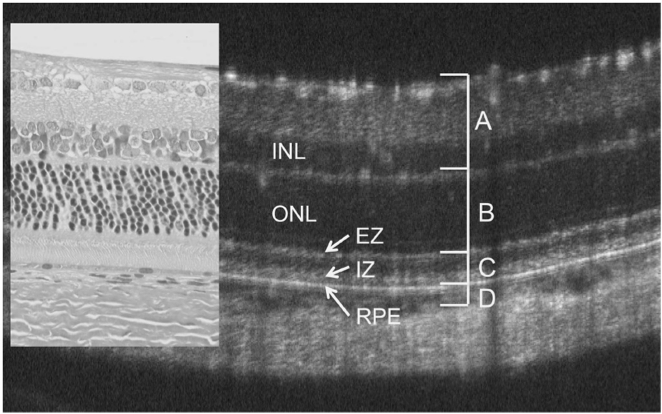In their article, “Effect of MMP-9 gene knockout on retinal vascular form and function,” George et al study the effect of knocking out a matrix protein in a mouse model of retinitis pigmentosa using the Phoenix MICRON® platform including OCT, and Ganzfeld ERG. The combination of the Phoenix MICRON® fundus images, OCT revealing the layers, […]
30.01
2020
Measuring adeno-associated virus improvements with Phoenix MICRON® fluorescent imaging and Phoenix MICRON® Ganzfeld ERG
A team of researchers at the Indian Institutes of Technology have published three detailed articles examining how to improve adeno-associated viruses (AAV). Maurya, S, Mary, B, Jayandharan, GR et al -approach the improvement of the viruses in a stunningly detailed gene-to-cell-to-whole-mouse model, narrowing down a multitude of options and producing impressive fluorescent fundus images and […]
26.08
2019
The Secret to a Perfect Fundus Image
Hint: It Starts with the Animal Angle During our hands-on training, we review animal positioning until every user is completely comfortable. But like most other lab equipment task, it does take some practice. Aligning the animal just right can be the difference between a great and a good fundus image. We’ve put together a […]
17.01
2019
Characterizing a mutant rat strain with the Phoenix Micron OCT and Ganzfeld ERG
Monai et al characterized the longitudinal retinal degeneration of a rat model of retinitis pigmentosa using the Phoenix Micron OCT to examine retinal layers in live rats and the full field Ganzfeld ERG to test function. The rats have one of the mutations, P23H, that cause retinitis pigmentosa in humans, and are specifically a very […]





